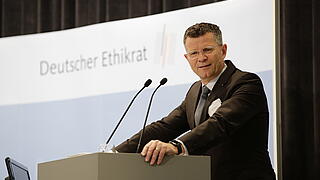Safety issues play a role in many research topics and in new technologies. This involves, on the one hand, staying safe from accidents and other inadvertent risks and, on the other hand, security against misuse. If research or applications could be misused for harmful purposes, this is also referred to as dual-use risks.
In 2012, a new debate on biosafety has been spawned by viruses that had been modified in research laboratories so as to enable the airborne transmission of bird flu between mammals. It focused on concerns that in times of global research and communication findings could be misused for purposes of bioterrorism. Research and technological developments in the field of life sciences are particularly prone to give rise to fears of inadvertently harming the health of human beings or livestock animals and crop plants by intervening in complex biological systems.
In particular, the growing options for the precise, cost-effective, rapid and low-threshold use of genetic engineering processes facilitate access for less specialised and less technically relevant groups of people, potentially increasing the risks of accidents and misuse. Similar improvements in accessibility are found in the field of artificial intelligence, where powerful applications are increasingly becoming usable even without specialised knowledge.
Ethical issues discussed in this context include the early detection of safety and security risks already during the development stage of projects and technologies, possibilities for raising awareness both in people involved in research and development of technologies and in their users, and the balancing of opportunities and risks in scientific as well as in application-related decision-making processes.
![[Translate to English:]](/fileadmin/_processed_/7/5/csm_shutterstock_2337853779_web_d2155944b9.jpg)



